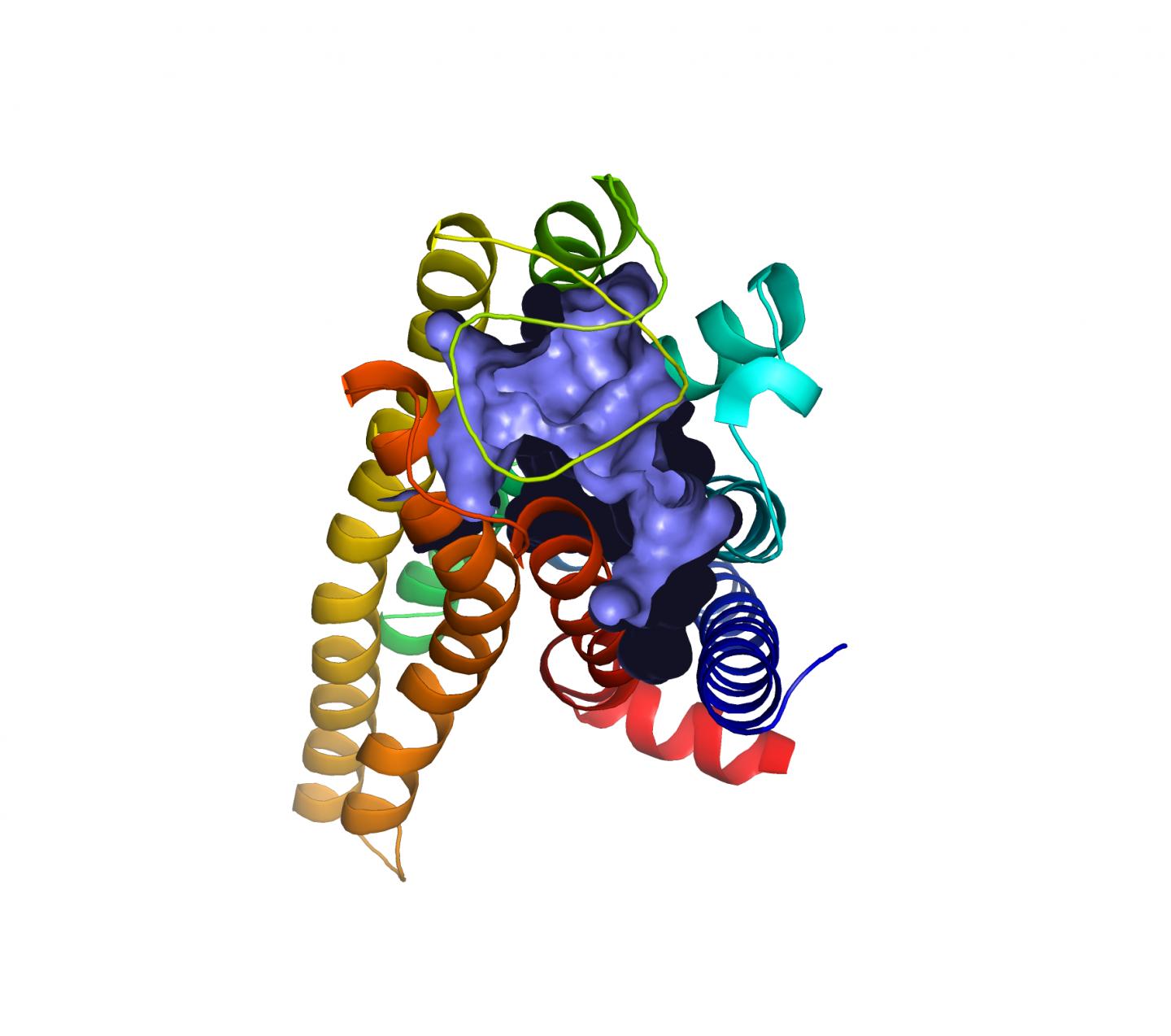Salt with physiological effects

Credit: Dr. Antonella Di Pizio / Leibniz-LSB@TUM Germany
A team of scientists headed by Maik Behrens from the Leibniz-Institute for Food Systems Biology at the Technical University of Munich has identified the receptor responsible for the bitter taste of various salts. These include medically used Epsom salt. The discovery helps to elucidate the physiological mechanisms by which Epsom salt affects the heart or gut.
The team has now published the findings in the journal Biochemical and Biophysical Research Communications (DOI: 10.1016/j.bbrc.2019.03.139). It also includes scientists of the German Institute of Human Nutrition.
Salt with physiological effects
Magnesium sulfate, also known as hair salt or Epsom salt, is probably the best-known bitter-tasting salt. The naturally occurring mineral is named after the British city of Epsom, where it was already extracted from spring water in 1697. Even today, it has its place in medicine, for example, to treat constipation or certain cardiac arrhythmias.
Receptor for magnesium, manganese and iron ions
Maik Behrens and his team have now succeeded, with the help of a cellular test system, in identifying a receptor that reacts to Epsom salt or to salts containing magnesium or divalent manganese and iron ions. It is the bitter receptor TAS2R7, one of the 25 different bitter receptor types that people possess.
More than just taste sensors
As gatekeepers in the mouth, bitterness sensors warn against the ingestion of potentially toxic substances. In addition to phytochemicals such as caffeine these also include drugs such as chlorphenamine (antihistamine). Another group of substances represent certain salts, which can lead to significant side effects when consumed in too high doses.
Recent studies indicate that the receptors not only act as taste sensors, but also mediate physiological effects of bitter substances. Thus, bitter receptors are found in organs such as the heart or intestine. “Interestingly, both organs respond to the supply of magnesium salts,” says study leader Behrens. An overdose of magnesium salts has been shown to lead to a drop in blood pressure, cardiac arrest, severe diarrhea and vomiting, the researcher said. However, the molecular mechanisms underlying the respective physiological reactions are still not clear to date.
The researchers are convinced that the discovery of the Epsom salt receptor will help to better understand the physiological effects of minerals and to develop new therapeutics for, for example, heart disease.
###
Original Publication: Behrens M, Redel U, Blank K, Meyerhof W (2019) Biochemical and Biophysical Research Communications, DOI: 10.1016/j.bbrc.2019.03.139. The human bitter taste receptor TAS2R7 facilitates the detection of bitter salts
Contact:
Dr. Maik Behrens
Section II, Working group Taste Systems Reception & Biosignals
Leibniz-Institute for Food Systems Biology
at the Technical University of Munich
Tel.: +49 816171 2987
Email: [email protected]
Press Contact:
Dr. Gisela Olias
Press and Public Relations
Leibniz-Institute for Food Systems Biology
at the Technical University of Munich
Tel.: +49 816171 2980
E-Mail: [email protected]
http://www.
Read more about the potential physiological functions of “taste” receptors:
Not just good for smelling and tasting –
Chemoreceptors offer approaches for the development of new drug therapies
Odor and taste receptors are found not only in the nose and mouth. Recent studies indicate that they perform other functions in the body, for example, in the immune system or the regulation of metabolism. Therefore, they could serve as starting points for computer-assisted development of new therapeutics. A review article of the Leibniz-LSB@TUM now summarizes the current data situation on this topic.
Di Pizio A, Behrens M, Krautwurst D. (2019) International Journal of Molecular Sciences, DOI: 10.3390/ijms20061402. Beyond the flavor: the potential druggability of chemosensory GPCRs
What do taste receptors in the brain do?
Taste receptors are not only good for tasting, because they are also found on cells of organs that are involved in the hormonal regulation of the body. These include the brain, the pancreas and the thyroid gland. A recent review article of the Leibniz-LSB@TUM summarizes what science has known so far about possible functions of taste receptors in the (neuro)endocrine system.
Behrens M, Meyerhof W (2019) J Neuroendocrinol, DOI: 10.1111/jne.12691. A role for key receptors in (neuro) endocrinology?
Read more about the Leibniz Institute:
The Leibniz-Institute for Food Systems Biology at the Technical University of Munich (Leibniz-LSB@TUM) has a unique research profile. Its researchers combine methods of basic biomolecular research with analytical methods of bioinformatics and analytical high-performance technologies. Their goal is to decode the complex ingredient profiles from raw materials to the final food products and to elucidate their function as biological active molecules on humans. Based on their studies, the scientists develop products, which are as healthy as they are tasty. These foods will help to provide a sustainable and sufficient stream of food for future generations. In addition, the new scientific findings will be used to develop personalized nutritional concepts that, for example, help people with food intolerance without compromising quality of life and endangering their health.
The Leibniz LSB@TUM is a member of the Leibniz Association, which connects 95 independent research institutions. Their orientation ranges from the natural sciences, engineering and environmental sciences through economics, spatial and social sciences to the humanities. Leibniz Institutes devote themselves to social, economic and ecological issues. They conduct knowledge-oriented and application-oriented research, also in the overlapping Leibniz research networks, are or maintain scientific infrastructures and offer research-based services. The Leibniz Association focuses on knowledge transfer, especially with the Leibniz Research Museums. It advises and informs politics, science, business and the public. Leibniz institutions maintain close cooperation with universities – among others, in the form of the Leibniz Science Campuses, industry and other partners in Germany and abroad. They are subject to a transparent and independent review process. Due to their national significance, the federal government and the federal states jointly fund the institutes of the Leibniz Association. The Leibniz Institutes employ around 19,100 people, including 9,900 scientists. The entire budget of all the institutes is more than 1.9 billion euros.
Media Contact
Gisela Olias
[email protected]
Original Source
https:/
Related Journal Article
http://dx.




